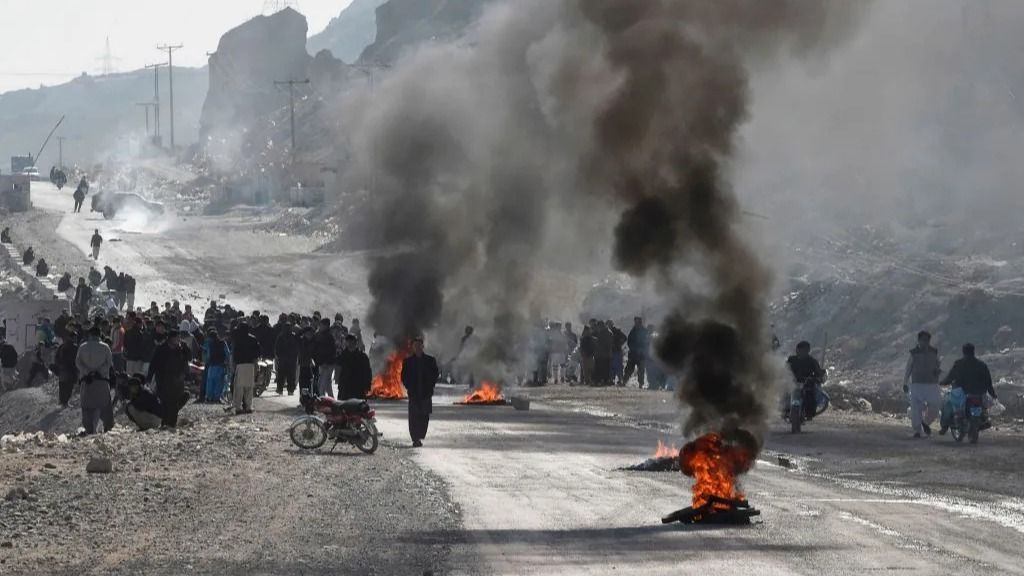Quetta: The Pakistan army initiated a major crackdown in Gwadar following intensified protests in Balochistan, which claimed the lives of three while several others were injured. This comes as the security forces in the region also opened fire upon the protesters in Mastung injuring 14 people.
In the past few days, the Baloch people have been protesting for their rights to the country’s natural resources alleging that the government is exploiting the state’s resources. People are opposing deals with the Chinese government.
This comes as the people of Baluchistan are facing human rights violations from Pakistani authorities and the army, continuing a long history of insurgency.
Balochistan: Pakistan‘s Problem Province
Balochistan is Pakistan‘s largest province by area, but gracefully it is the most resourced and mineral-rich as well. But despite being rich in minerals, the people of Balochistan are long ignored by Punjabi and Sindhi-dominated national Politics and are forced to live in misery and extreme poverty.
Also, Being really small in Population, Balochistan’s voice was never heard in Islamabad, and Baloch people are feeling ‘politically marginalised’ in national politics.
The economically exploited province of Balochistan has long been deprived of its fair share of revenue, with most funds being diverted to Karachi and Lahore. The Balochi people have consistently claimed that resources extracted from Balochistan fuel development in other parts of Pakistan. As a result, Balochistan remains one of the least developed regions in the country, suffering from high levels of poverty, low literacy rates, and poor infrastructure.
Human Rights Violation, Mass Disappearances
The Balochi people in their struggle for rights, are persistently subjected to human rights abuses including enforced disappearances, extrajudicial killings, and torture by security forces. The Pakistani army, which has been the de facto governing authority suppresses the voices of the Balochi people with extreme violence.
According to Human rights groups, In the last 17 years over 15,000 people have been confirmed as extrajudicially killed or missing, while almost half a million have been forced to flee their homes
Baloch Liberation and Insurgency
There is a significant portion of the Baloch population that seeks greater autonomy or even independence from Pakistan. They believe that their historical grievances and distinct ethnic identities justify a separate status or greater self-governance.
The Province is continuously faced uprisings and unrest since it became part of Pakistan in 1948. But, the long struggle for independence has always been overshadowed by the regional conflicts of Kashmir and Afghanistan.
CPEC and the Importance of Gwadar Port
The China-Pakistan Economic Corridor (CPEC) is a collection of infrastructure projects that are currently under construction throughout Pakistan, originally valued at $46 billion. It is a major part of China’s Belt and Road Initiative (BRI) with high-value investments from the Chinese Authority.
China views CPEC as an alternative trade route to the Middle East, utilizing Balochistan’s Gwadar Port, which gives China significant strategic importance in the region. CPEC has long faced backlash in Balochistan with a long series of protests and attacks on Chinese workers by militia groups.
The government and army still try to contain the situation with force, not even sparing the women and children making Balochistan a ‘problem province’ for Pakistan.
Why Balochistan Remains to be Pakistan’s ‘Problem Province’ as Protesters Face Brutal Crackdown world-news World News | Latest International Global World News | Todays Breaking News Headlines




